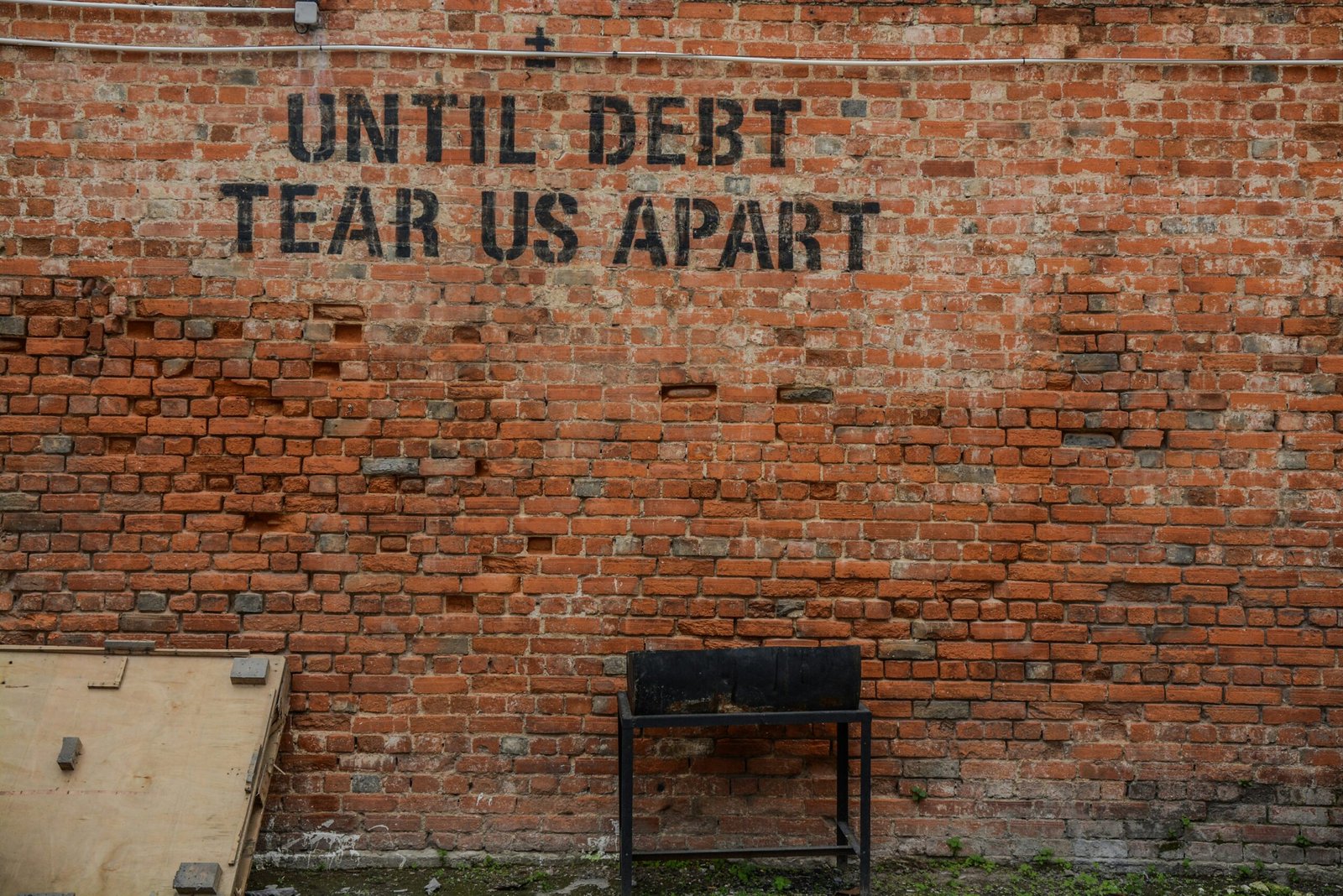Are you prepared for the unexpected? Life is full of surprises, and sometimes those surprises can be costly. That’s where an emergency fund comes in – a safety net that can help you weather financial storms and avoid debt. In this article, we’ll explore the importance of building an emergency fund, how to determine the right size for your fund, and provide a step-by-step guide on how to build one.
Why You Need an Emergency Fund
An emergency fund is a pool of money set aside to cover unexpected expenses or financial emergencies. It’s not meant to be used for everyday expenses or discretionary spending, but rather to provide a cushion in case of:
- Job loss or reduction in income
- Medical emergencies or illness
- Car repairs or other unexpected expenses
- Home maintenance or repair costs
- Natural disasters or other crises
Having an emergency fund can help you:
- Avoid debt: By having a cushion of savings, you can avoid going into debt when unexpected expenses arise.
- Reduce stress: Knowing that you have a safety net can reduce financial stress and anxiety.
- Stay on track: An emergency fund can help you stay on track with your long-term financial goals, even when unexpected expenses arise.
How to Determine the Right Size for Your Emergency Fund
The size of your emergency fund will depend on several factors, including:
- Your income: Aim to save 3-6 months’ worth of living expenses.
- Your expenses: Consider your essential expenses, such as rent/mortgage, utilities, food, and transportation.
- Your job security: If you have a stable job, you may need a smaller emergency fund.
- Your debt: If you have high-interest debt, you may want to prioritize debt repayment over building an emergency fund.
Consider the following general guidelines:
- 3 months’ worth of expenses: This is a good starting point for most people.
- 6 months’ worth of expenses: This is a more conservative approach, ideal for those with variable income or uncertain job security.
- 12 months’ worth of expenses: This is a more aggressive approach, ideal for those who want to be extremely prepared.
Step-by-Step Guide to Building an Emergency Fund
Building an emergency fund takes time and discipline, but it’s worth it. Here’s a step-by-step guide to help you get started:
- Determine your target amount: Based on your income, expenses, and job security, determine how much you need to save.
- Choose a savings account: Open a separate savings account specifically for your emergency fund. Consider a high-yield savings account or a money market fund.
- Set up automatic transfers: Set up automatic transfers from your checking account to your emergency fund account.
- Start small: Start with a manageable amount, such as $100 or $500, and gradually increase your contributions over time.
- Prioritize needs over wants: Be honest about what you need versus what you want. Prioritize essential expenses over discretionary spending.
- Use the 50/30/20 rule: Allocate 50% of your income towards essential expenses, 30% towards discretionary spending, and 20% towards saving and debt repayment.
- Monitor and adjust: Regularly review your emergency fund to ensure you’re on track. Adjust your contributions as needed to stay on target.
- Consider a budgeting app: Use a budgeting app, such as Mint or You Need a Budget (YNAB), to track your expenses and stay on top of your emergency fund.
Additional Tips:
- Keep your emergency fund separate: Avoid commingling your emergency fund with your everyday savings or checking account.
- Avoid dipping into your emergency fund: Try to avoid using your emergency fund for non-essential expenses. Treat it as a separate, untouchable account.
- Consider a side hustle: Consider starting a side hustle or freelancing to increase your income and accelerate your emergency fund savings.
- Review and update regularly: Regularly review your emergency fund to ensure it’s adequate and adjust as needed.
By following these steps and tips, you can build a robust emergency fund that will help you weather financial storms and achieve long-term financial stability. Remember, building an emergency fund takes time and discipline, but it’s an essential step towards securing your financial future.


